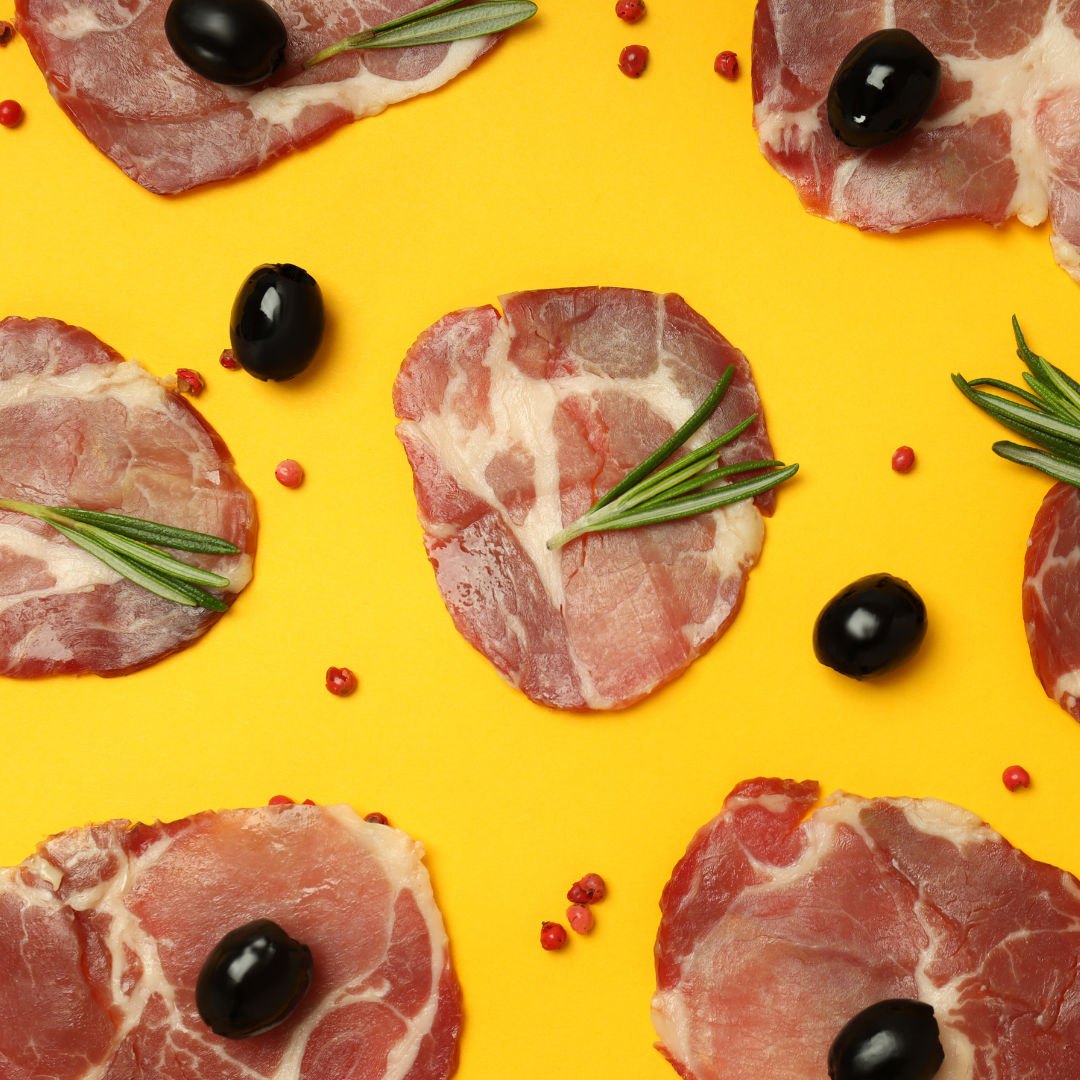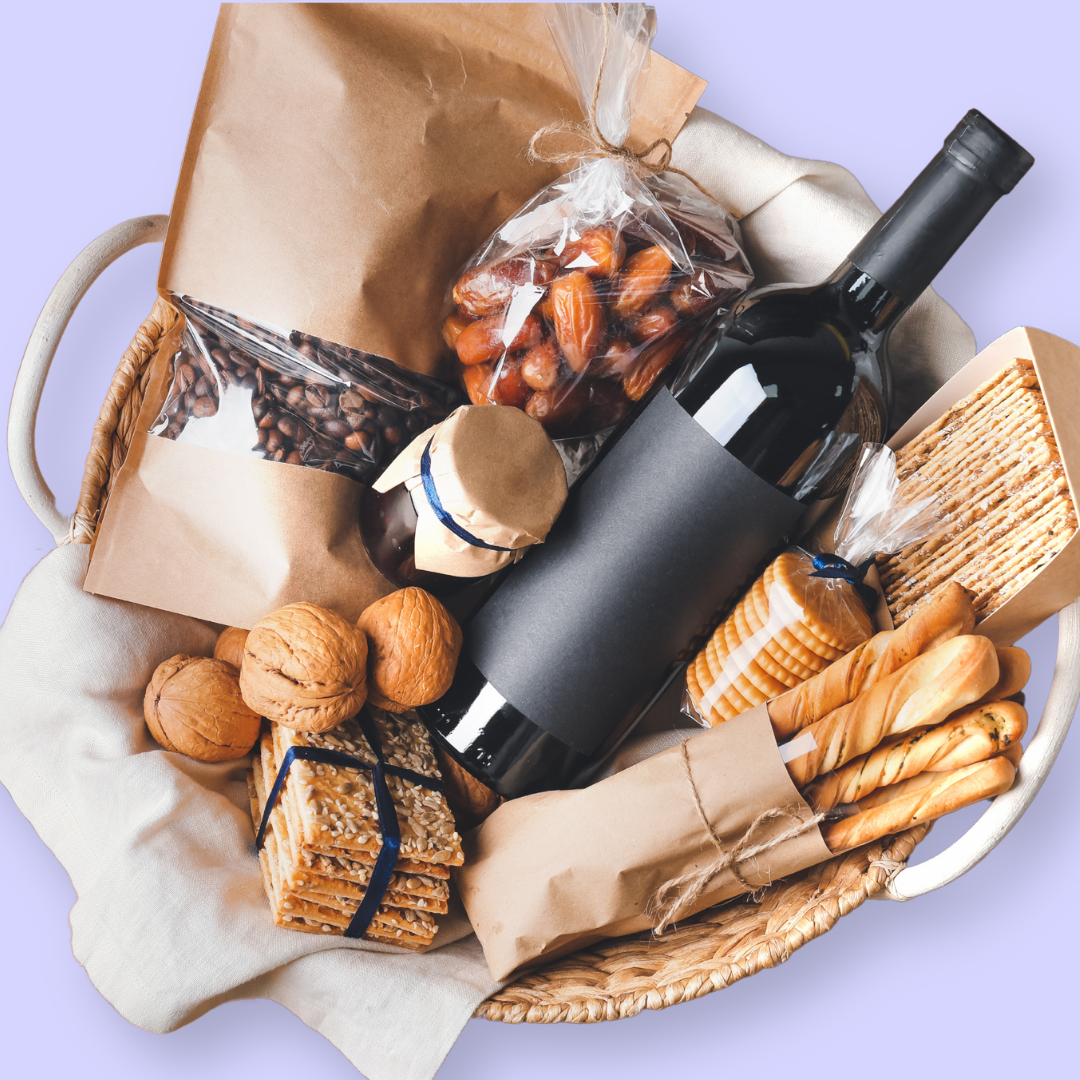Luca Fedrigo approaches winemaking and farming with a natural, minimalist approach. His philosophy evolved in his teens working alongside the famous Valpolicella guru, Giuseppe Quintarelli. The artistry of Quintarelli in the winery has blossomed in the L’Arco cuvées through a traditional style, long aging, and masterful blending.
-
Winemaker: Luca Fedrigo
-
Farming: Organic
-
Variety: Corvina, Rondinella, Molinara, and Sangiovese
-
Terroir: From three vineyard sites, the Sangiovese is planted south near the Adige River with alluvial soils, the native grapes planted on rocky, clay soils in the Classico zone. The native grapes, Corvina, Rondinella, and Molinara are co-planted in the classic zone and are an average of 50 years old.
-
Vinification: Carefully hand-harvested and sorted, destemmed and fermented in tank with native yeast.
-
Aging: A minimum 12 months in traditional botti barrels and released 3 years after harvest. No fining, a delicate filtering to remove yeast, vegan. Minimal sulfur is added during fermentation and aging, no additional sulfur is added at bottling.
-
Tasting Note: This estate blend includes traditional local grapes plus Sangiovese. The Sangiovese highlights the red fruits in the blend, the style is fruit forward with complex aromatics of herbs, underbrush and wild berries, and the palate is supple and relaxed. The tannins and acidity provide texture in the background and are revealed in the finish to create length.
May 2024 Explore Like A Somm Club Notes:
L'Arco Rosso del Veronese, Veneto, Italy 2020
Luca Fedrigo's winemaking journey began with the mentorship of the esteemed king of Valpolicella, Giuseppe Quintarelli. Quintarelli's legacy looms large in the Veneto region, where his commitment to tradition and pursuit of excellence have left an indelible mark not only on the local wine industry but also on the world of wine as a whole.
Under Quintarelli's tutelage, Fedrigo learned not only the technical aspects of winemaking but also the importance of respecting the land and embracing organic farming practices. Quintarelli's unwavering dedication to tradition, combined with his openness to innovation, inspired Fedrigo to strike a balance between honoring centuries-old techniques and exploring new frontiers in winemaking.
Famous for Amarone, Valpolicella, and Ripasso, the terroir of the Veneto region has diverse soils, steep terraces, and varied microclimates, lending a unique character to the wines made here. While Valpolicella, Ripasso, and Amarone are all specific wine styles produced within the Valpolicella wine region from native grapes, "Rosso del Veronese'' wines may benefit from using more crayons in the crayon box. The native varieties Corvina, Corvinone, Rondinella, and Molinara find their home in the steep, rocky, clay soils of the Classico zone, their roots delving deep into vineyards averaging 50 years in age. Meanwhile, Sangiovese, a grape more commonly associated with Tuscany, comes from alluvial soils near the Adige River, infusing the wine with vibrant red fruit flavors. Fedrigo's decision to blend Sangiovese in with native grapes pays homage to Quintarelli's spirit of innovation while also highlighting the Sangiovese's ability to add depth and complexity to the wine.
The winemaking process is a labor of love, beginning with the careful selection of grapes from three distinct organically-farmed vineyard sites. Hand-harvested and sorted, the fruit undergoes fermentation in tanks using native yeasts. Then, the wine ages for over a year in large oak botti, allowing it to develop depth and complexity before being lightly filtered and bottled. While there is no standard size, botti can range anywhere from 500 liters to over 3,000 liters in volume (compared to 225-liters of a typical barrique). This large size allows for a slower and more gradual interaction between the wine and the wood, resulting in a more subtle integration of flavors and a smoother tannin texture.
L’Arco Rosso del Veronese exudes vibrant red and black fruit flavors, intertwined with hints of herbs, cinnamon bark, and coffee beans. On the palate, it is smooth and supple, with rich plum and blueberry jam, with a long, spiced, chocolatey finish. Take your time with this wine. Enjoy it with something that took a LONG time to cook, like Ossobuco, pot roast, short-rib agnolotti, or a wild boar ragu. I don’t even eat red meat, but it’s all I can think about when sipping this wine! — Cara Patricia
![Schloss Gobelsburg 'Lamm' Gruner Veltliner Erste Lage, Kamptal, Austria 2021 [375ml]](http://decantbottleshop.com/cdn/shop/files/lamm_1445x.png?v=1723849803)
![Schloss Gobelsburg 'Lamm' Gruner Veltliner Erste Lage, Kamptal, Austria 2021 [375ml]](http://decantbottleshop.com/cdn/shop/files/DA1372A1-CFE7-4FAB-900F-0A5BFF4D7FD4_1445x.jpg?v=1723849815)
![Schloss Gobelsburg 'Lamm' Gruner Veltliner Erste Lage, Kamptal, Austria 2021 [375ml]](http://decantbottleshop.com/cdn/shop/files/lamm_1445x.png?v=1723849803)
![Schloss Gobelsburg 'Lamm' Gruner Veltliner Erste Lage, Kamptal, Austria 2021 [375ml]](http://decantbottleshop.com/cdn/shop/files/DA1372A1-CFE7-4FAB-900F-0A5BFF4D7FD4_1445x.jpg?v=1723849815)







